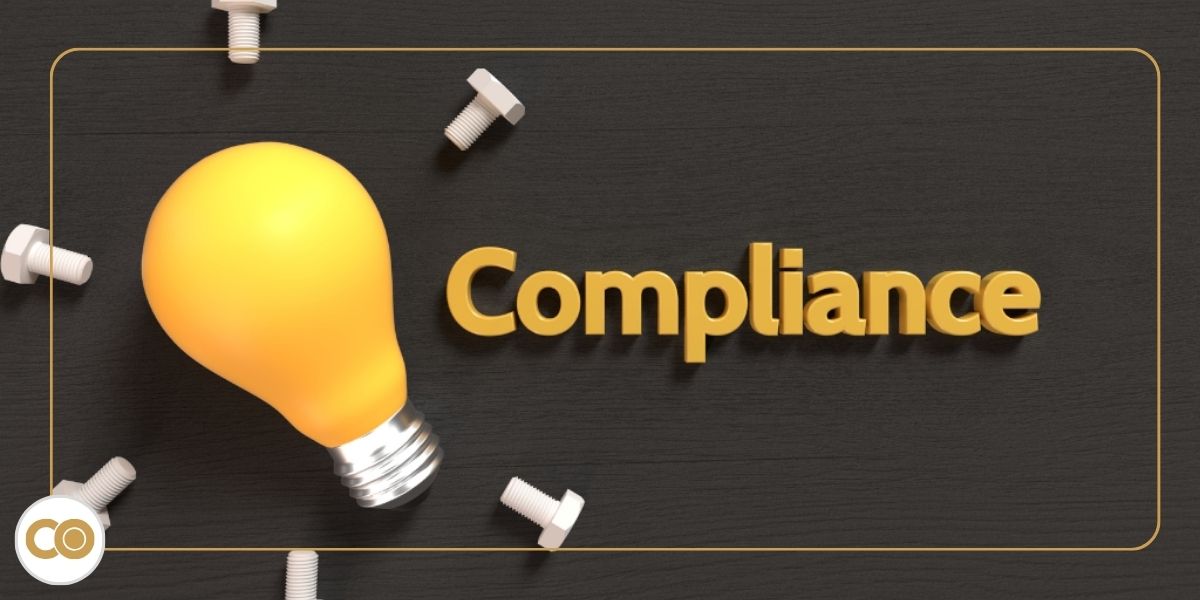The Cost of Noncompliance – 5 Effects of Compliance Violations
January 25th, 2023 | 4 min. read

With employment laws constantly changing, regulating compliance policies is a never-ending job. But the high cost of noncompliance makes it a necessary one.
Yet, many businesses fail to observe compliance because it’s hard to stay on top of.
If you are here, you may be feeling the weight of keeping up with new and changing legislation, updating policy, and continually monitoring your business practices.
Luckily, it is not a job you have to do alone. At Combined, our HR and compliance experts have assisted countless clients with the challenges of this job, helping them to avoid the clear and hidden costs of compliance violations.
We want you to know and understand the cost of being out of compliance before it can become an expense to your business.
And, we have the resources to make sure that it won’t.
By reading this article, you will learn that the cost of being out of compliance is expansive – it costs money, it threatens litigation, it causes business disruption, it damages reputation, and it reduces employee retention.
What is the cost of noncompliance?
Simply put, the cost of noncompliance is high. But, how high?
The cost of being out of compliance depends on several factors:
- The incurrence of fines based on the number and severity of violations
- The estimated legal costs and litigation damages that stem from complaints
- The reduction in productivity experienced during a corrective period
- The loss of consumer interest due to reputation damage
- The harm to internal employment and worker retention
A recent Global Scape study shows that the cost of being out of compliance is 2.71 times higher than investment into being and staying compliant.
Where does this figure from? Let’s take a look at why being out of compliance is detrimental to a business.
1. Noncompliance is expensive
Being caught out of compliance will cost your business money – and a lot of it.
The very purpose of your business is to make money. Yet, the cost of business policy being out of compliance has steep financial implications.
The financial cost of noncompliance
Here are a couple of examples of the monetary cost of noncompliance:
- The Fair Labor Standards Act (FLSA) is responsible for establishing a minimum wage requirement, stipulating overtime pay eligibility, appropriating accurate record-keeping, and governing restrictions on youth employment.
What happens if your business is caught out of compliance with the requirements of the FLSA? You will be issued up to a $1,000 fine for each violation.
If you are not careful to monitor and update your employment policies to make sure they meet compliance requirements, the likelihood of receiving fines for violating them increases. As that likelihood increases, so does the monetary cost of noncompliance. - I-9 forms or Employee Eligibility Verification forms are standard business practice when onboarding a new employee. But, managing these correctly is an important compliance practice.
Should an I-9 be incomplete? That’s a fine. Should an I-9 be late? That’s a fine. Should an I-9 use the wrong documents? That’s also a fine. And the list of I-9 violations goes on and on.
With the 2022 I-9 penalty ranging from $252 to $2507 per I-9 form, it’s easy to see that the cost of even the smallest compliance mistake is high.
With these examples in mind, if the purpose of your business is to make money, then being out of compliance is bad for your business.
2. Noncompliance leads to litigation
Being caught out of compliance will cost your business expensive lawsuits.
Employment lawsuits are steadily on the rise – an over 400% increase over the past 20 years.
This makes the risk of litigation a cost that you should carefully consider when addressing or rather, not addressing, your compliance policies.
A lawsuit can result from noncompliance in many different areas, a few of which include:
- Age discrimination
- Disability discrimination
- Racial discrimination
- Religious discrimination
- Sexual discrimination
The legal costs of noncompliance
From litigation, comes legal fees.
But in addition to these fees, if your business is found lacking effective compliance policies, you can expect to pay hefty damages.
In the case of an employee grievance, a court ruling is generally more favorable for the worker than the workplace. According to Pollack Peacebuilding Systems, more than $34 million in damages was awarded to employees in 2021 as a result of workplace discrimination lawsuits.
If that is not a cost, what is?
3. Noncompliance disrupts business
Being caught out of compliance will shut down your business operations.
A halt in productivity is a monumental cost of being out of compliance.
The time cost of noncompliance
If your company’s policies are found to be out of compliance, it becomes not just an expectation that corrective action is taken, but a legal demand. This demand often requires business operations to cease until compliance policy is properly implemented.
And the process of righting wrong compliance policy can be a lengthy one.
For example – If your business is in California and your policies are noncompliant with the California Consumer Privacy Act (CCPA), a regulation that protects consumers from the misuse of personal information collected as well as a data breach, the corrective measures could include:
- training your entire staff in data collection, storage, and data breach compliance
- redesigning your data collection interface to include compliant personal information notices and options
- upgrading the security of your data storage technology
All of this will take time – time during which your business cannot operate, and your productivity is diminished.
4. Noncompliance damages reputation
Being out of compliance will ruin your company’s brand.
In today’s competitive environment, your business needs to establish and uphold a good, ethical reputation to attract consumers.
The consumer cost of noncompliance
When comparing two competing companies, one with a pristine record of good practices and the other with a history of legal penalties, which will a customer choose to do business with?
Being out of compliance damages your company’s reputation, leading to mistrust and reducing the number of potential customers you can attract.
5. Noncompliance affects employees
Being out of compliance will hinder your ability to retain talented employees.
Capable employees are the foundation of your business, so it is important to consider how being out of compliance affects them.
The internal cost of noncompliance
From the perspective of an employee, compliance is less about employment law and more about employee concerns.
Employees want:
- to have a healthy, diverse workplace free from harassment and discrimination
- to be paid accurately and on time
- to feel safe from hazards and protected by security measures.
But, most importantly, they want you, as an employer, to be just as concerned about these wants as they are.
When your policies fail to comply with employment laws, especially those that affect your employees most, you create an unhealthy, unsafe, and unfulfilling work environment.
The cost of this becomes an inability to hire capable employees and retain them.
Next steps to never worrying about the costs of violating compliance
There is no doubt that maintaining compliance can be a challenging job.
By reading this article, you now know, without a doubt, that it needs to be done.
With the right resources available to you, it can be done more easily and effectively.
Here at Combined, our HR and compliance experts are here to help you with this challenge – whether that be providing you access to compliance information, assessing the state of your current compliance protocol, or assisting you to craft a customized compliance program.
We want to help you find the right solution for your business.

|
Schedule a consultation with an expert today to find out how you can leave the looming costs noncompliance behind you. |
This article is not intended to be exhaustive nor should any discussion or opinions be construed as legal advice. Readers should contact legal counsel for legal advice.
Topics:
.png?width=1125&height=426&name=Your%20paragraph%20text%20(5).png)
